Aurora Borealis aka Northern Lights
Many of my friends know about my love for photography. Not all of them know that I'm a lazy photographer, so when I'm out taking photos, I keep my bag as light as possible. The tripod is often left at home. Thanks to modern cameras ability to shoot at low light level it is possible to handheld a camera photographing at night with success.
This photo is taken handheld at ISO 12800, full aperture and a shutter speed of 0,4 sec. To make sure of no shaking I braced myself against a wall with my head, kept my breathing under control and pressed the shutter button very slowly. To me the result is good. The Aurora Borealis move sometimes fast and create a blur, but you can see from the stars or the foreground if the movements of the camera has been satisfactory.
To be successful in photographing the Aurora Borealis aka Northern Lights, you have to consider place and time for the job. This photo is taken at Seljenes near Samuels Cottage on Nov 6th 2012, at 7 in the afternoon. It is dark here in the North at that time of the day. There is very little artificial lights around to disturb.
The moon phase is about right, almost two weeks after the full moon. The light from the Aurora Borealis has little competition. The activities in the sky is usually best from 19 to 22 in the early night.
The calendar should also be considered. The dark Moon phase around the end of October or first half of November is the best time of the year, followed by a similar period around early February. Sometimes, however, you may see fantastic Aurora Borealis at other times of the year. Good luck taking wonderful photos of The Magnificent Aurora Borealis.
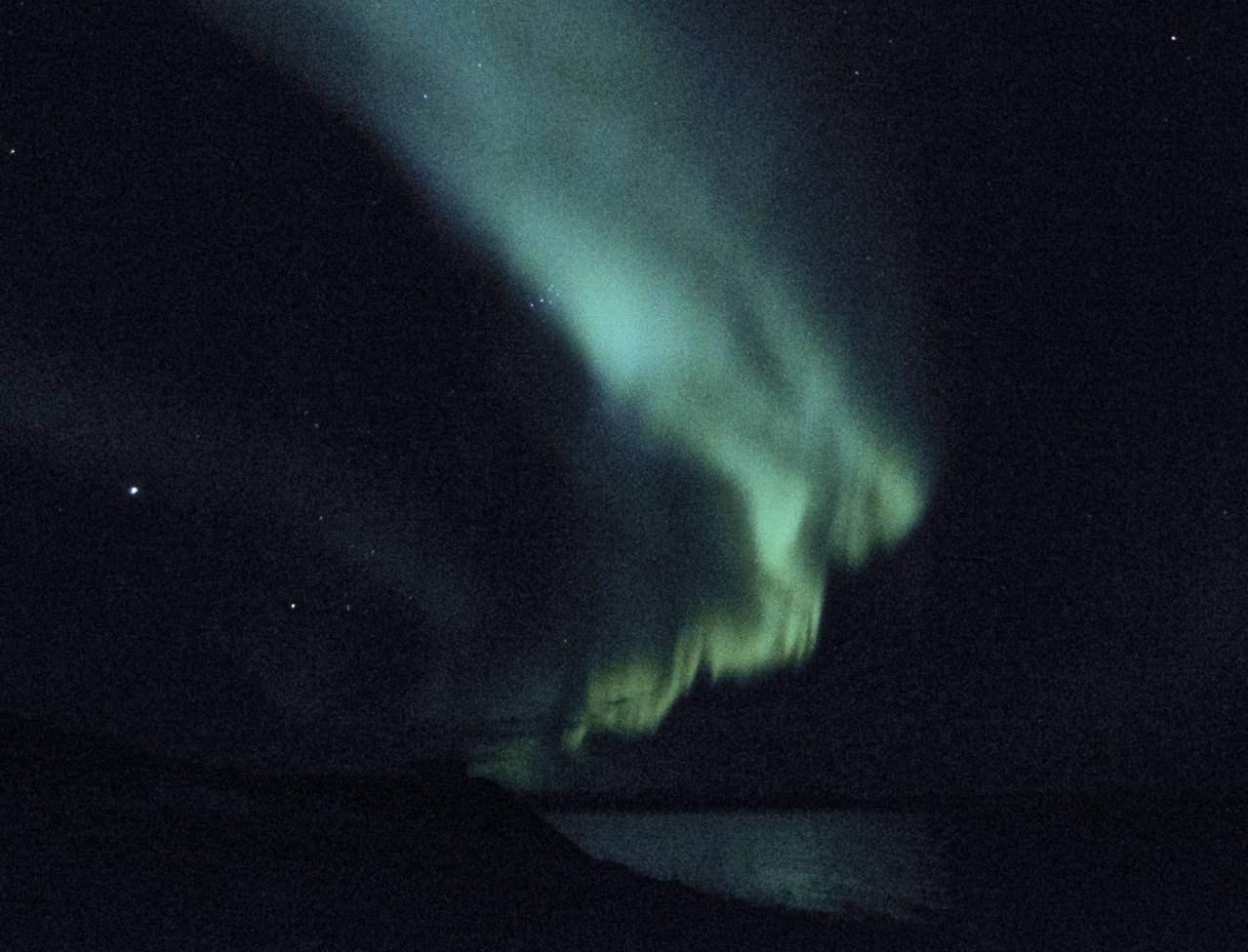
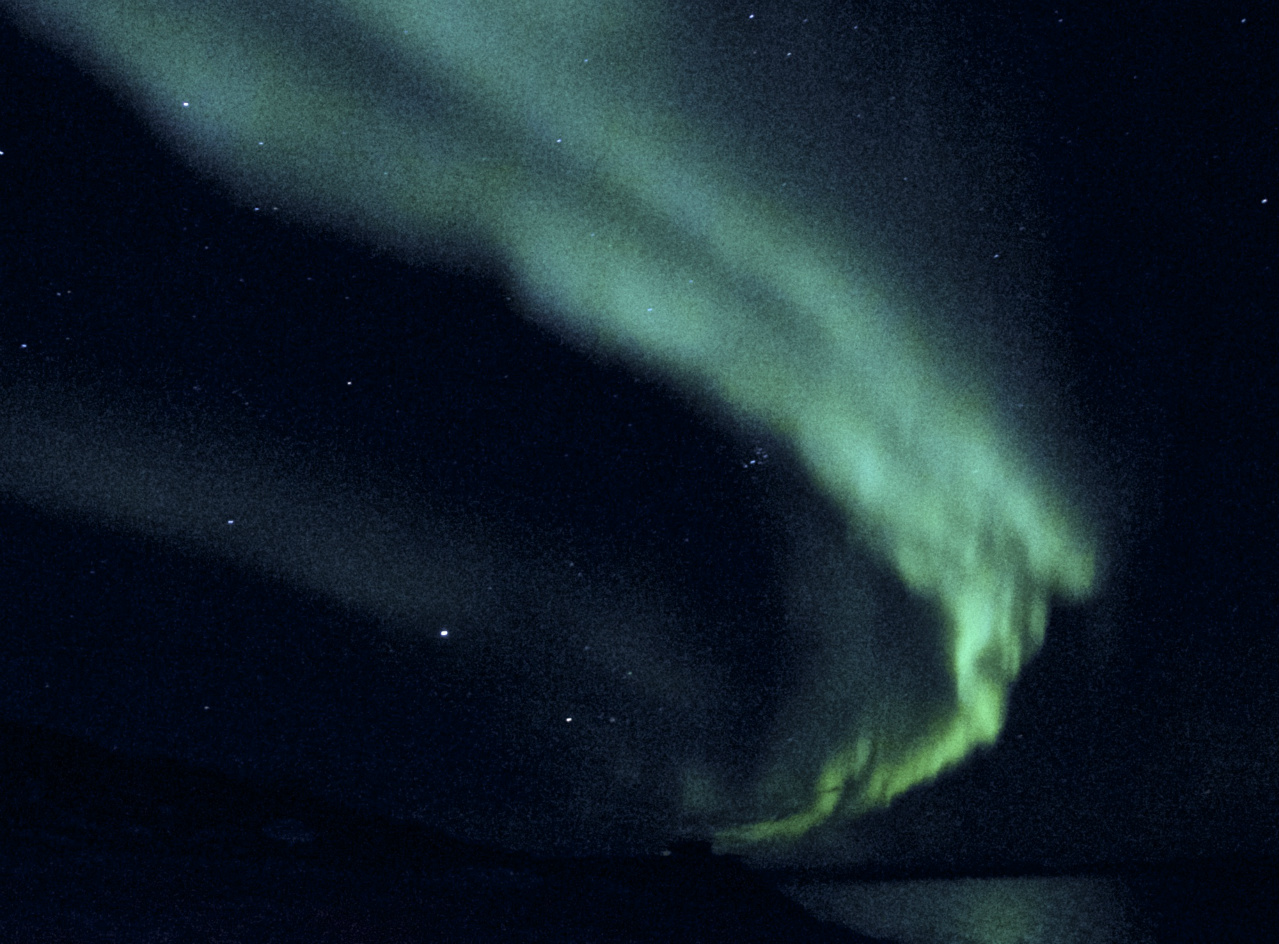
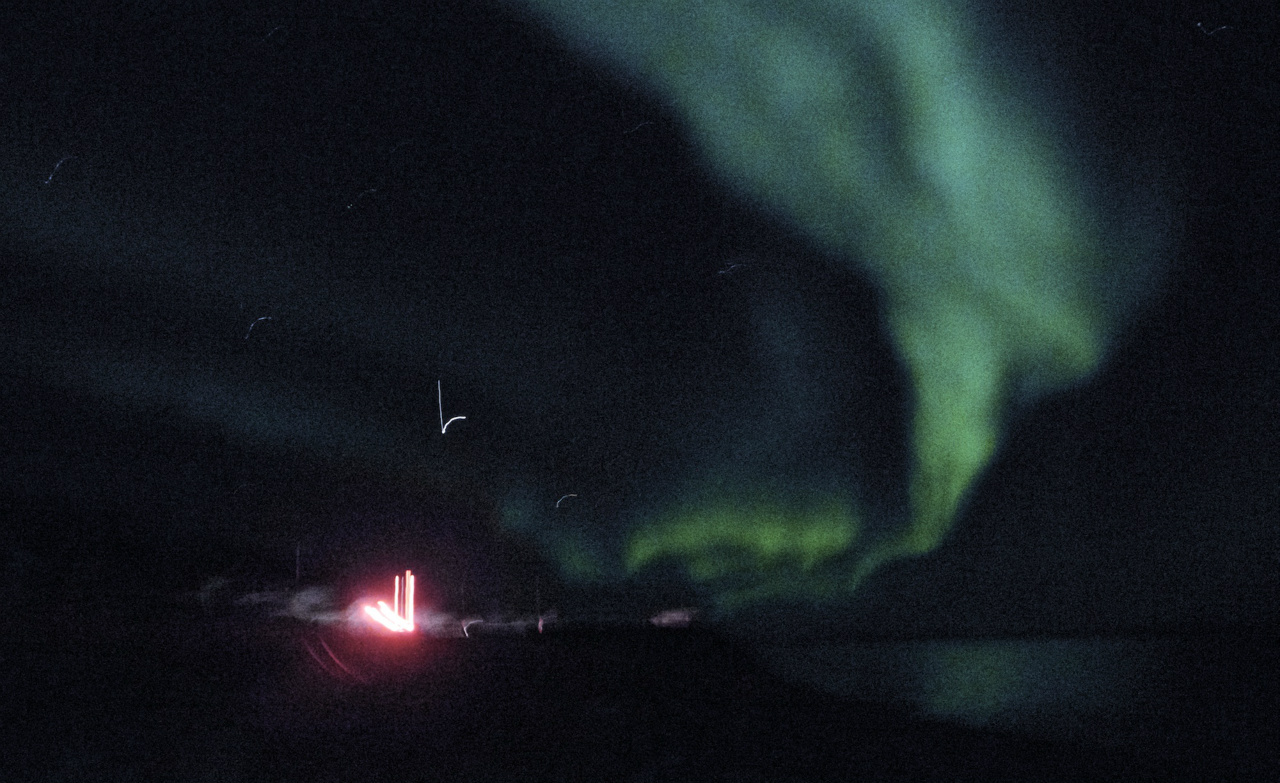
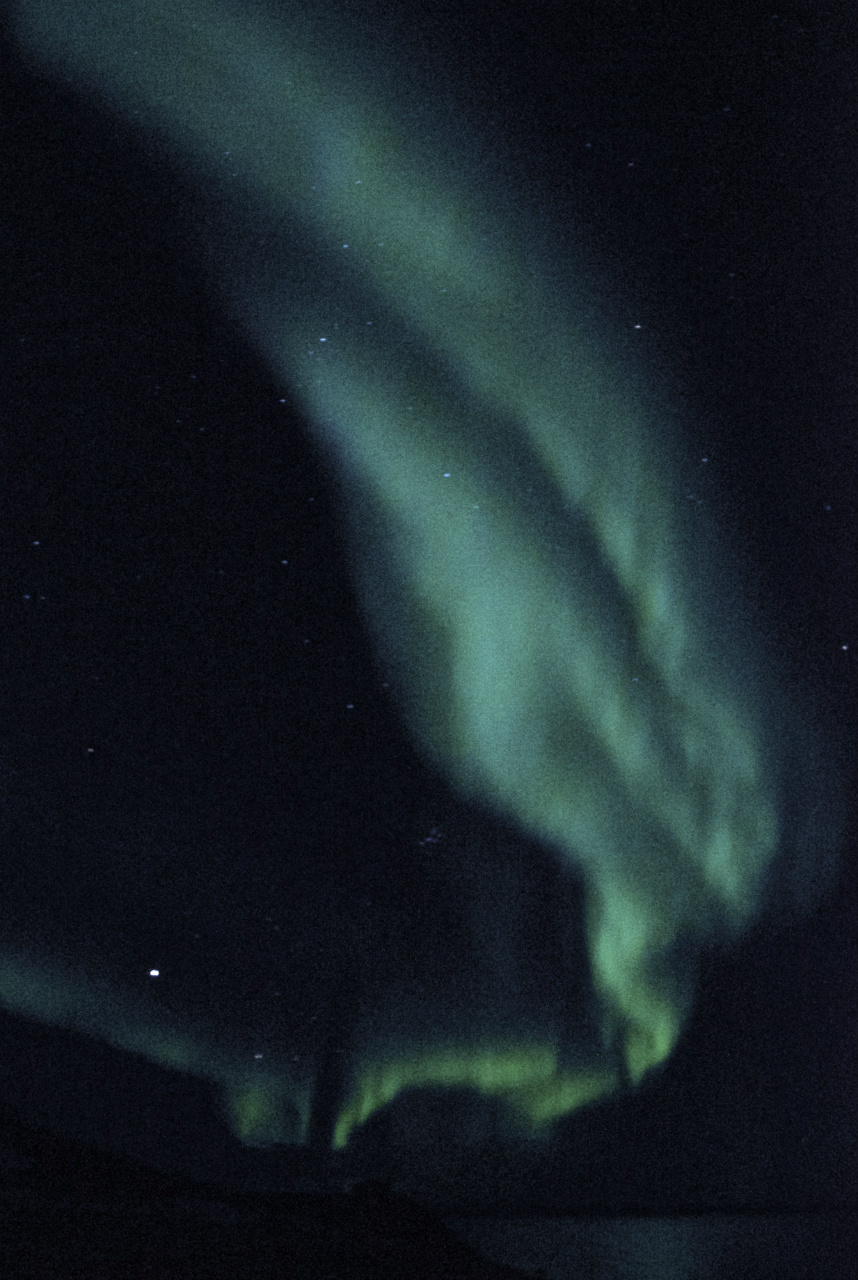
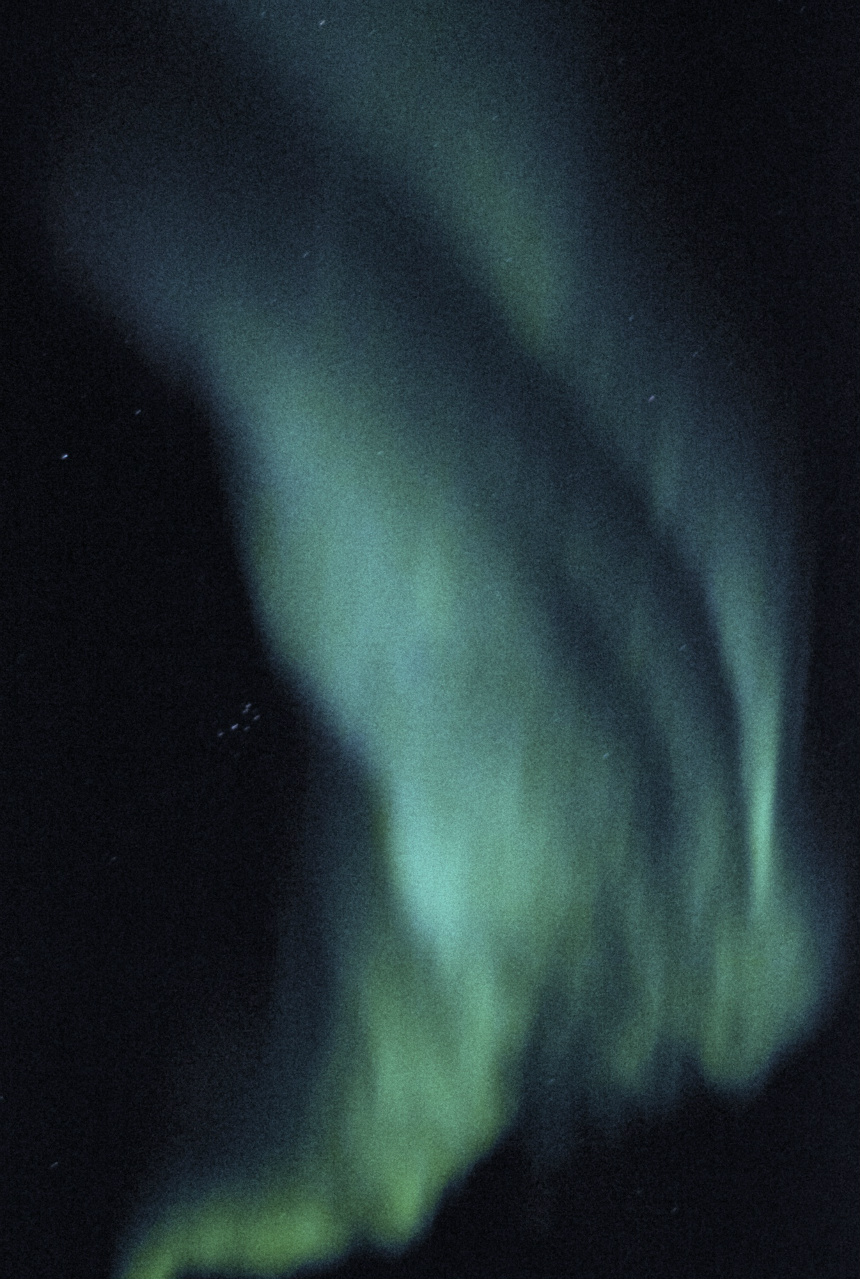
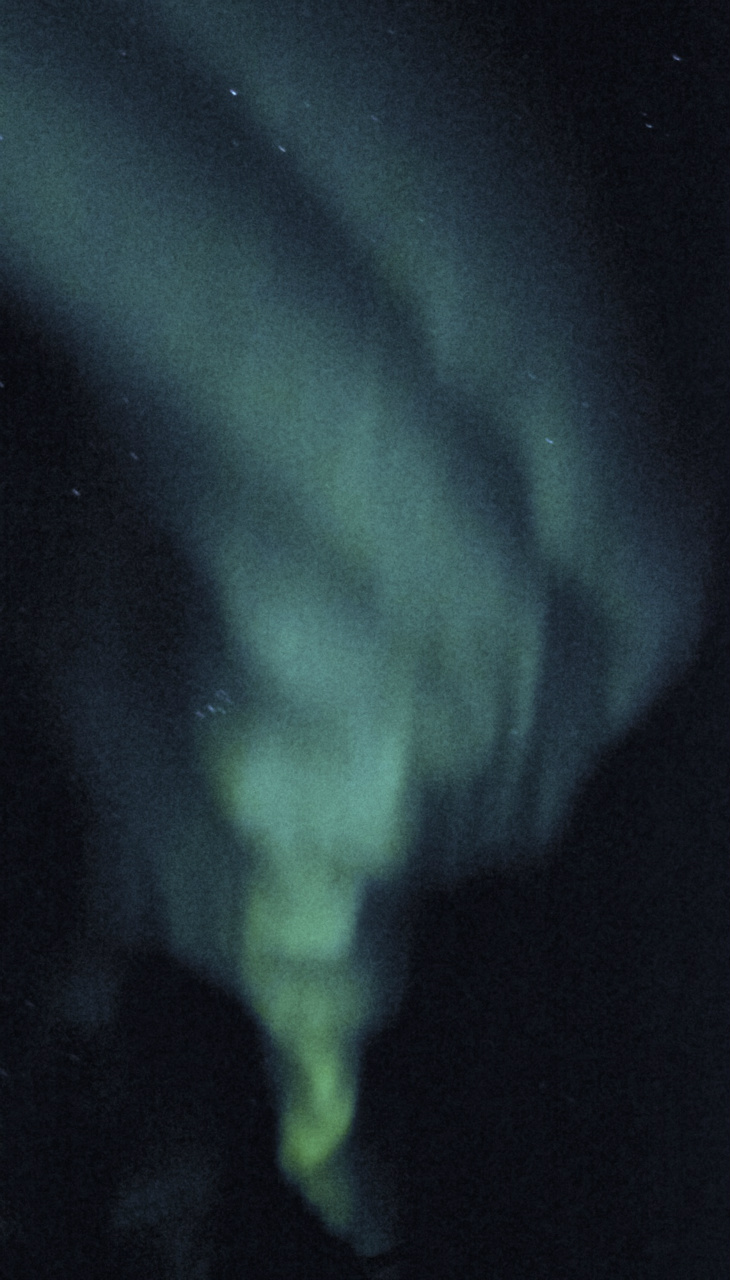
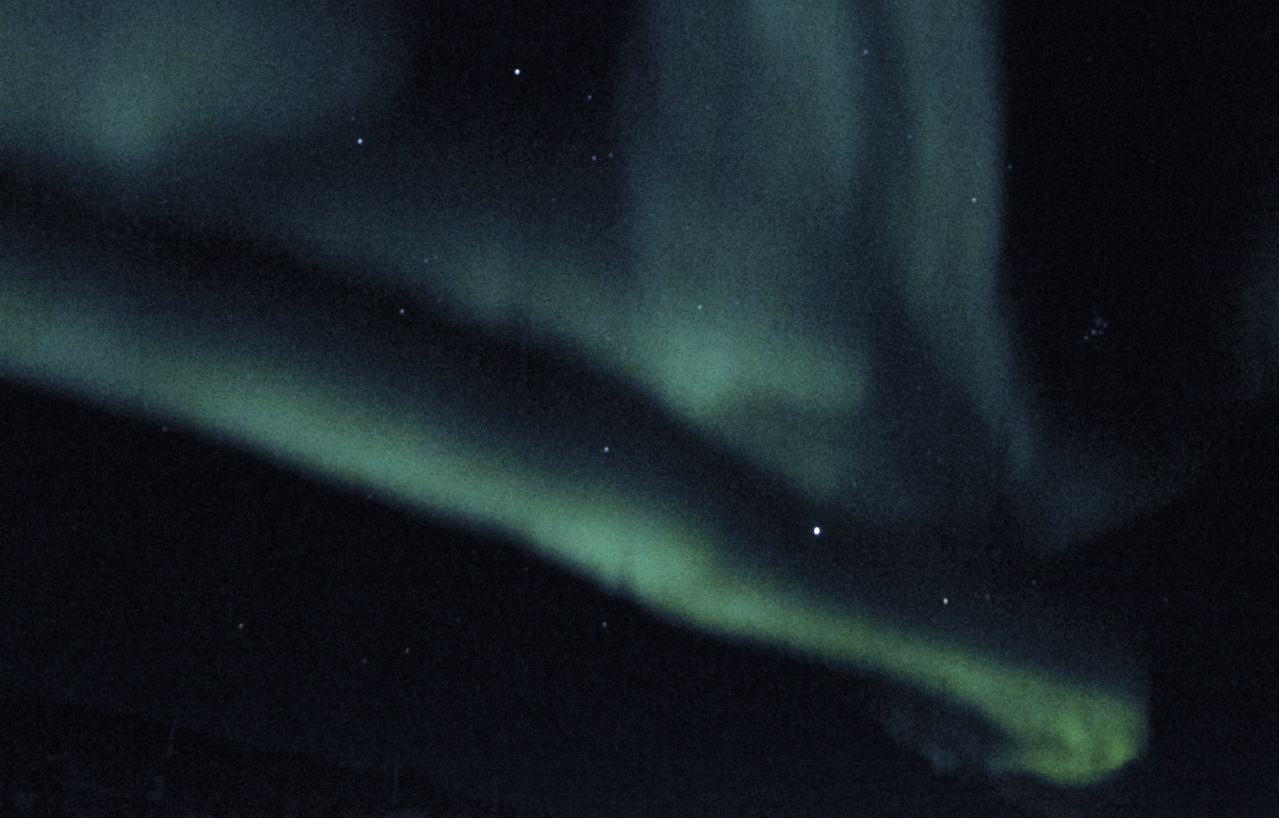
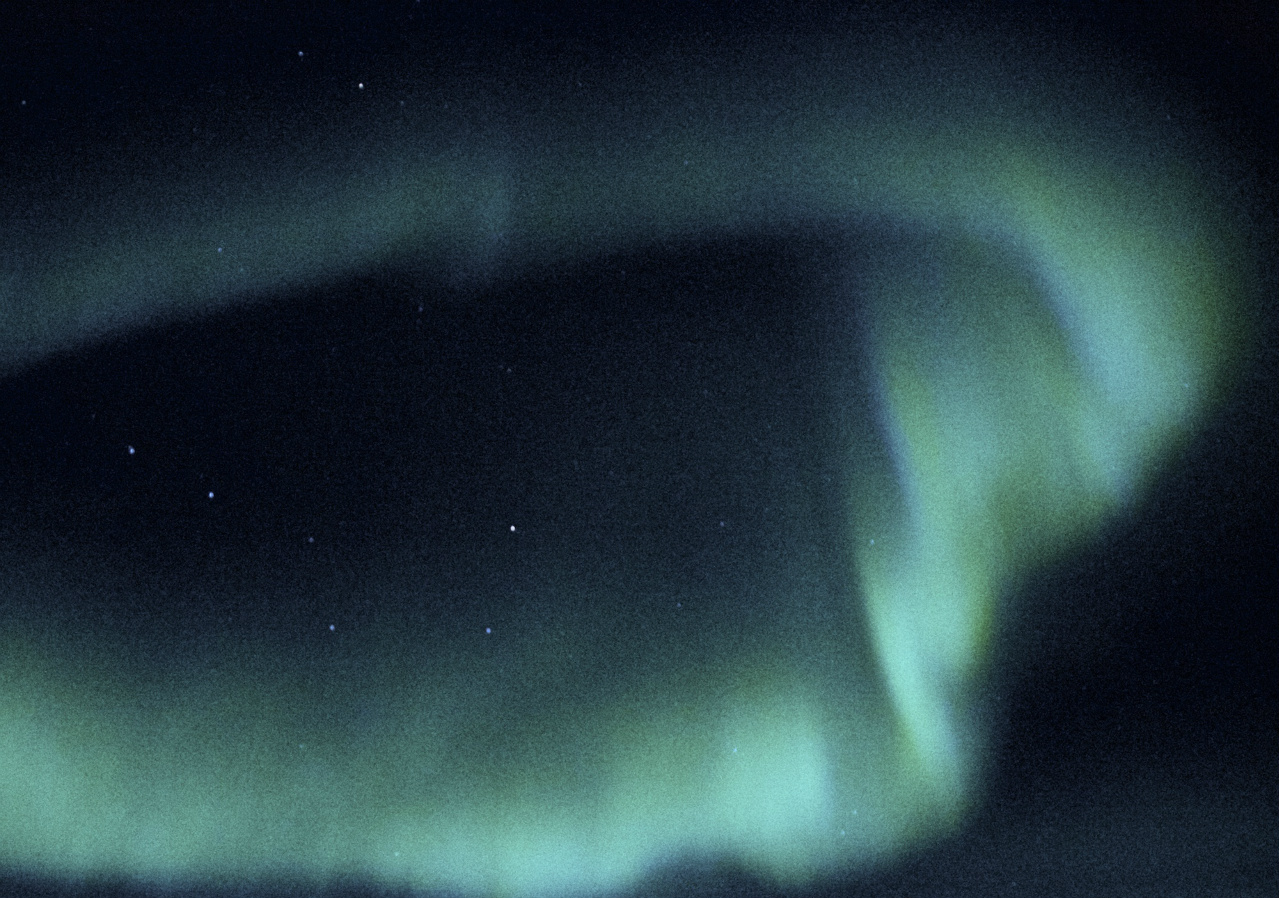
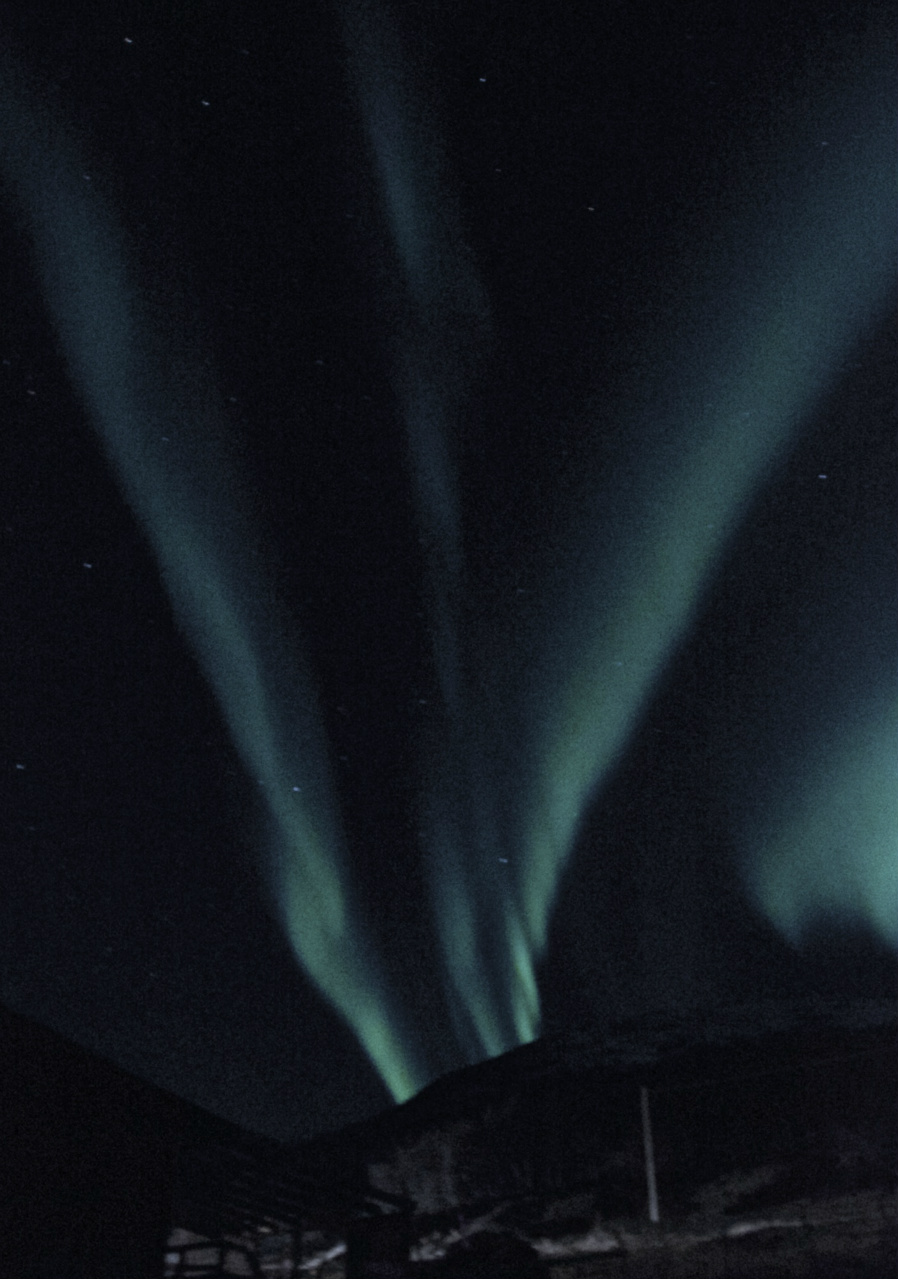
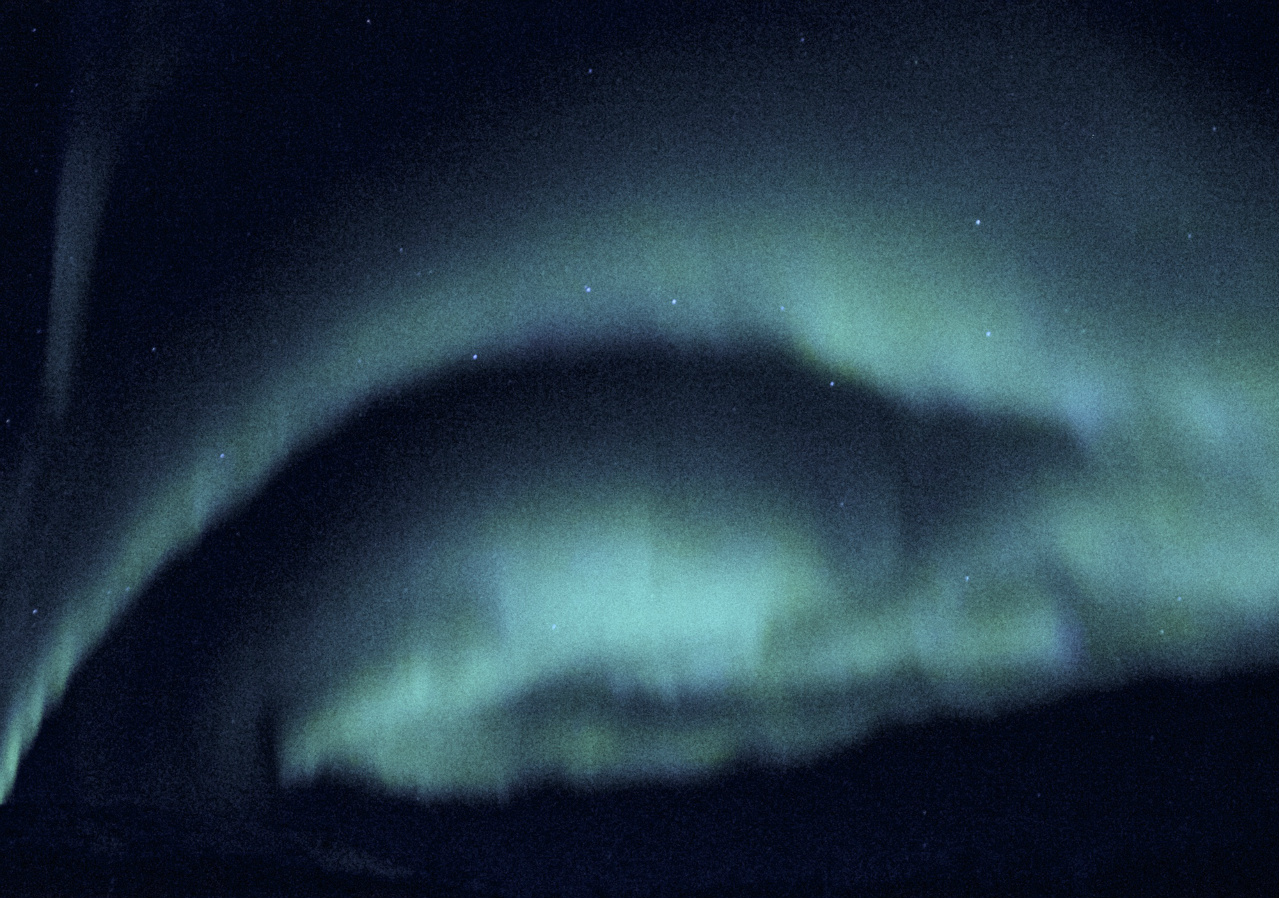
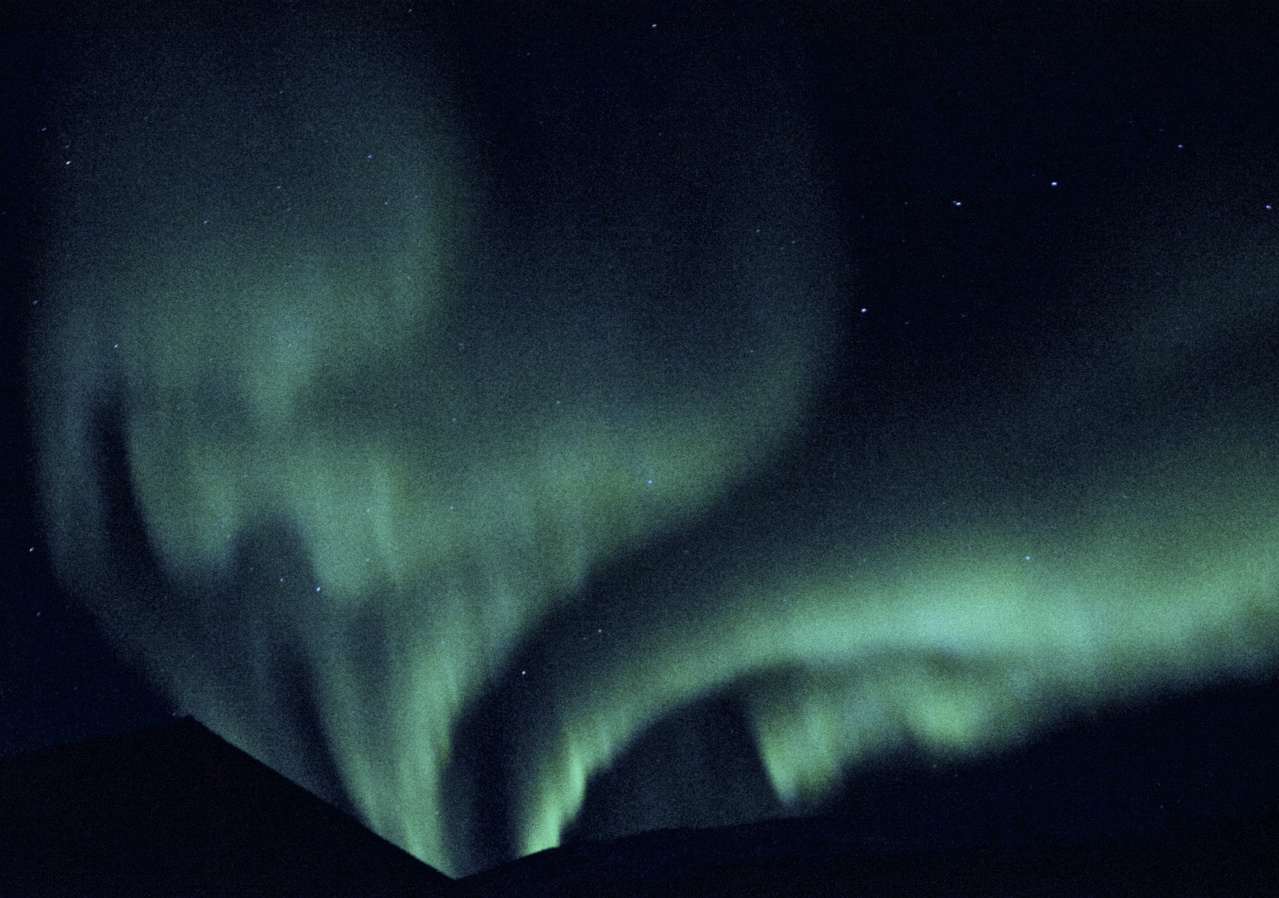
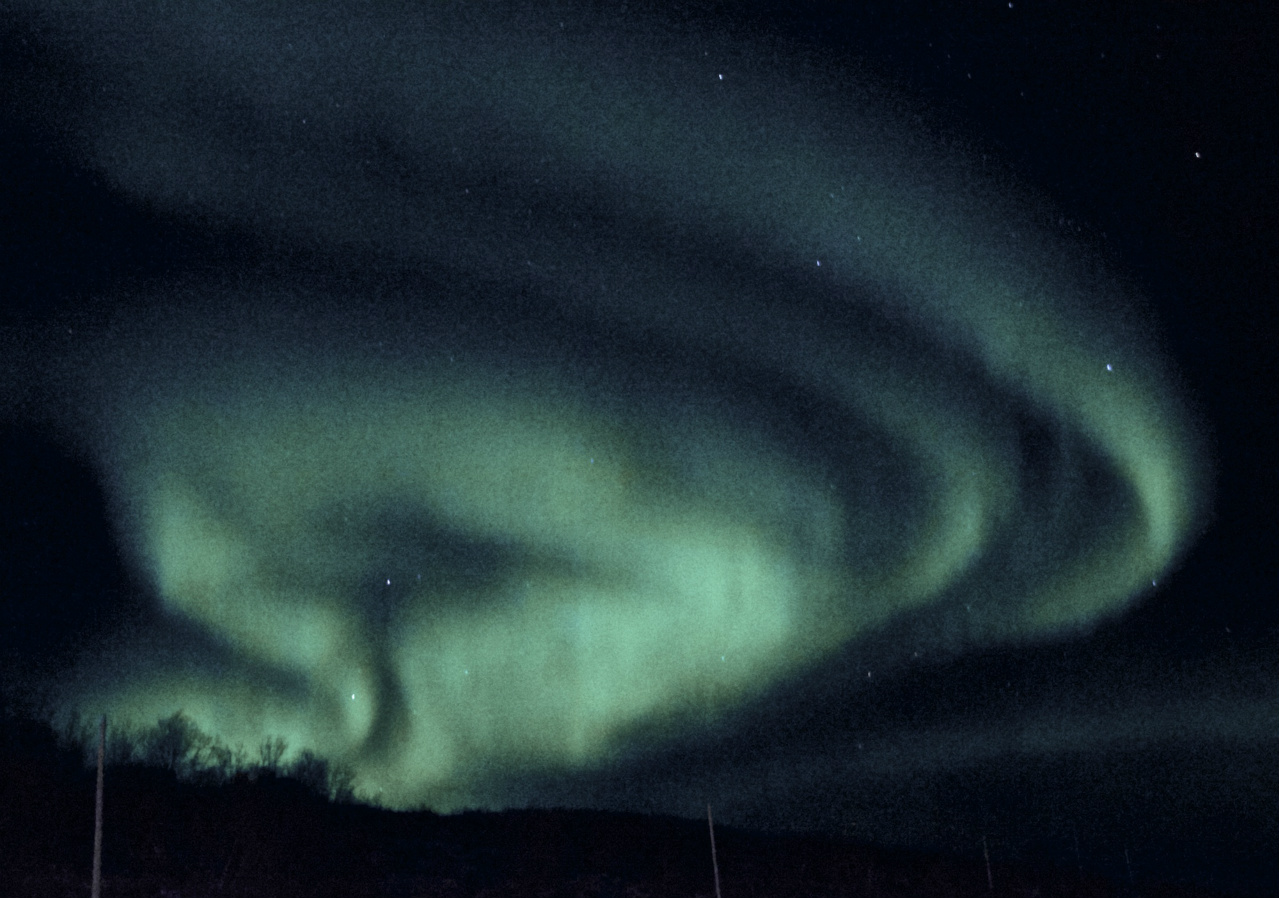
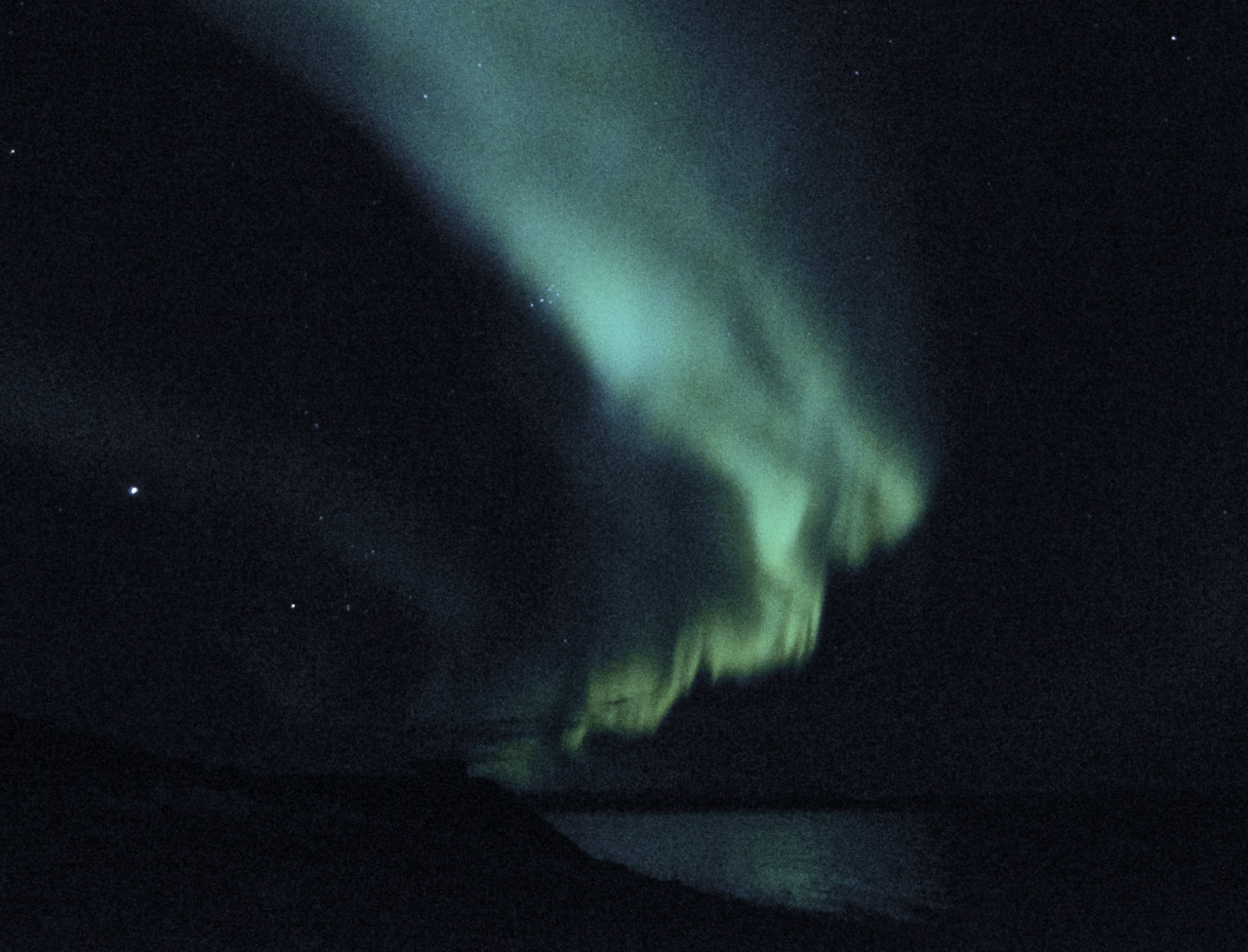
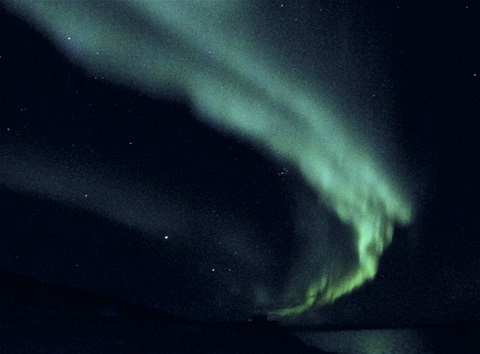
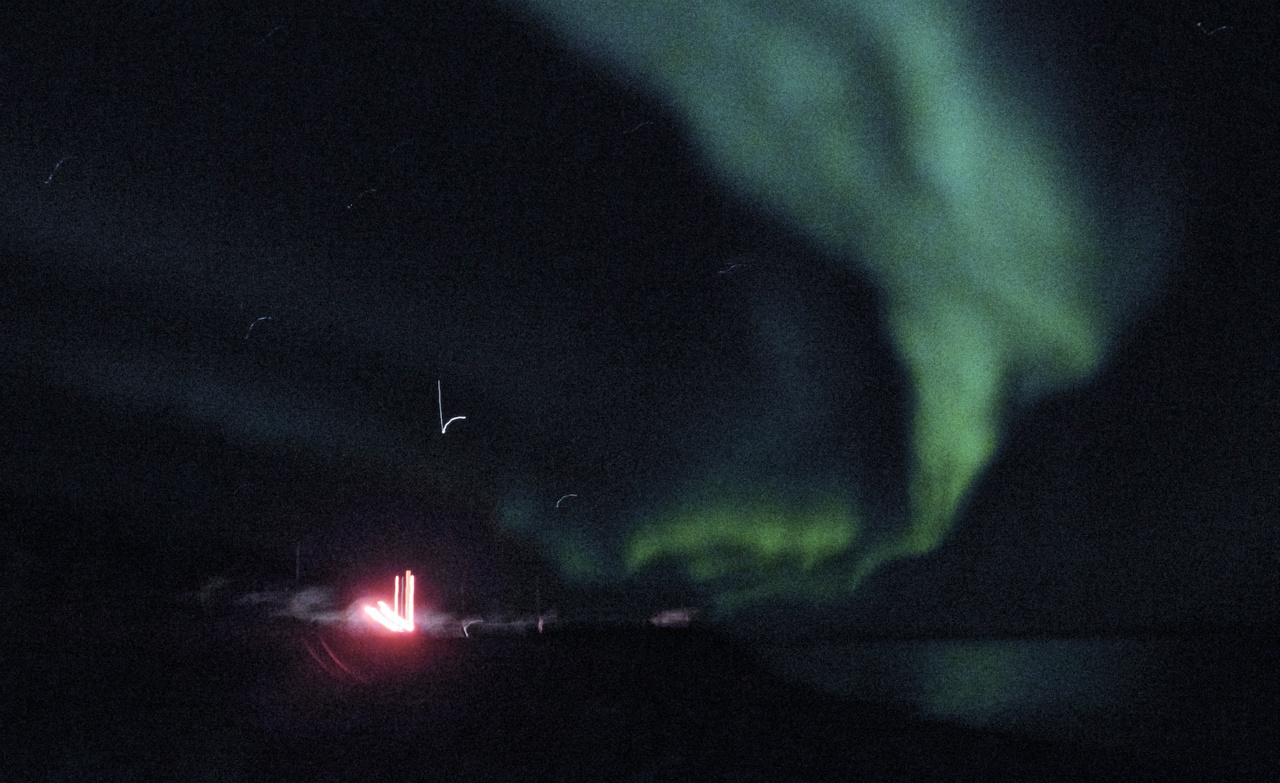
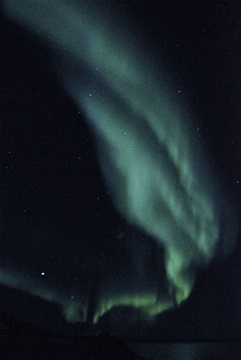
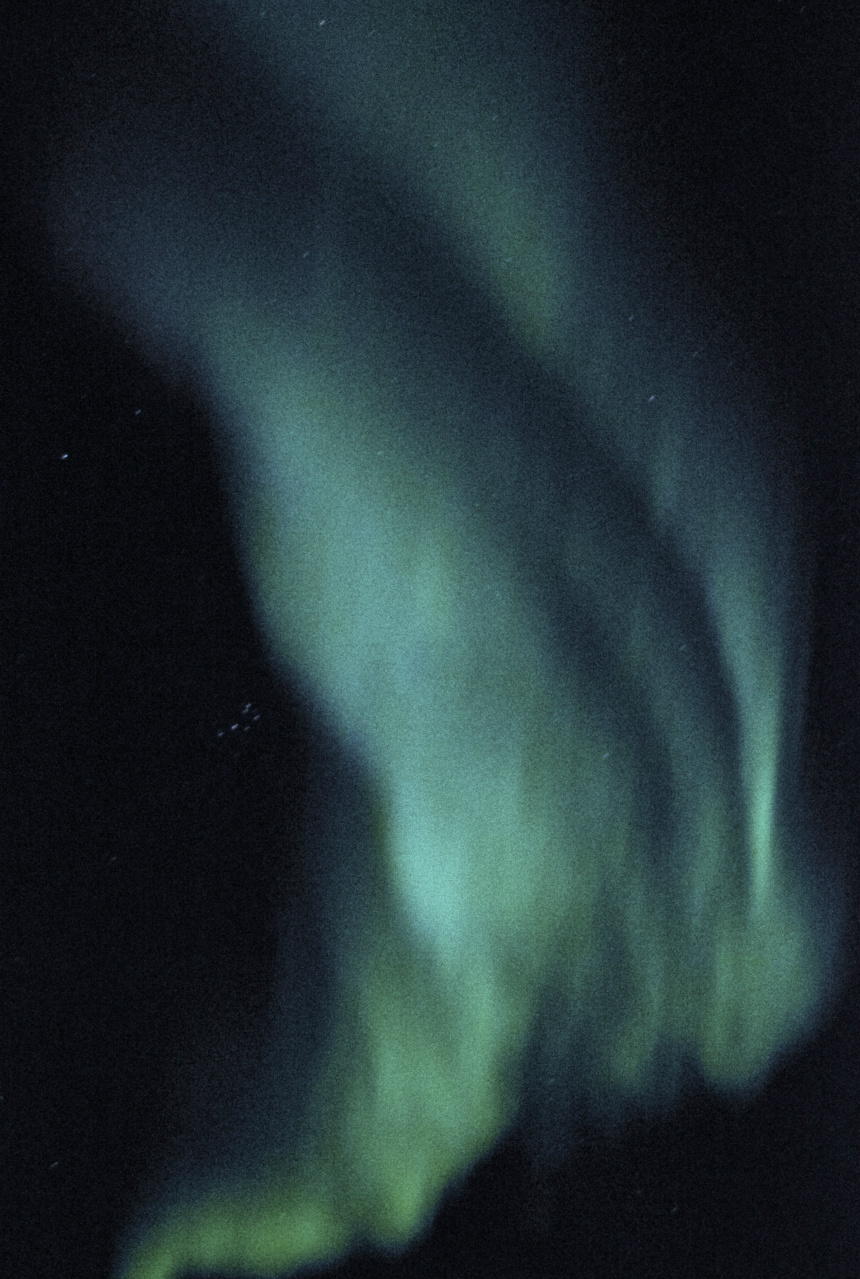
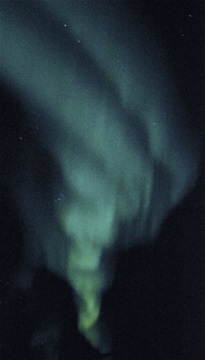
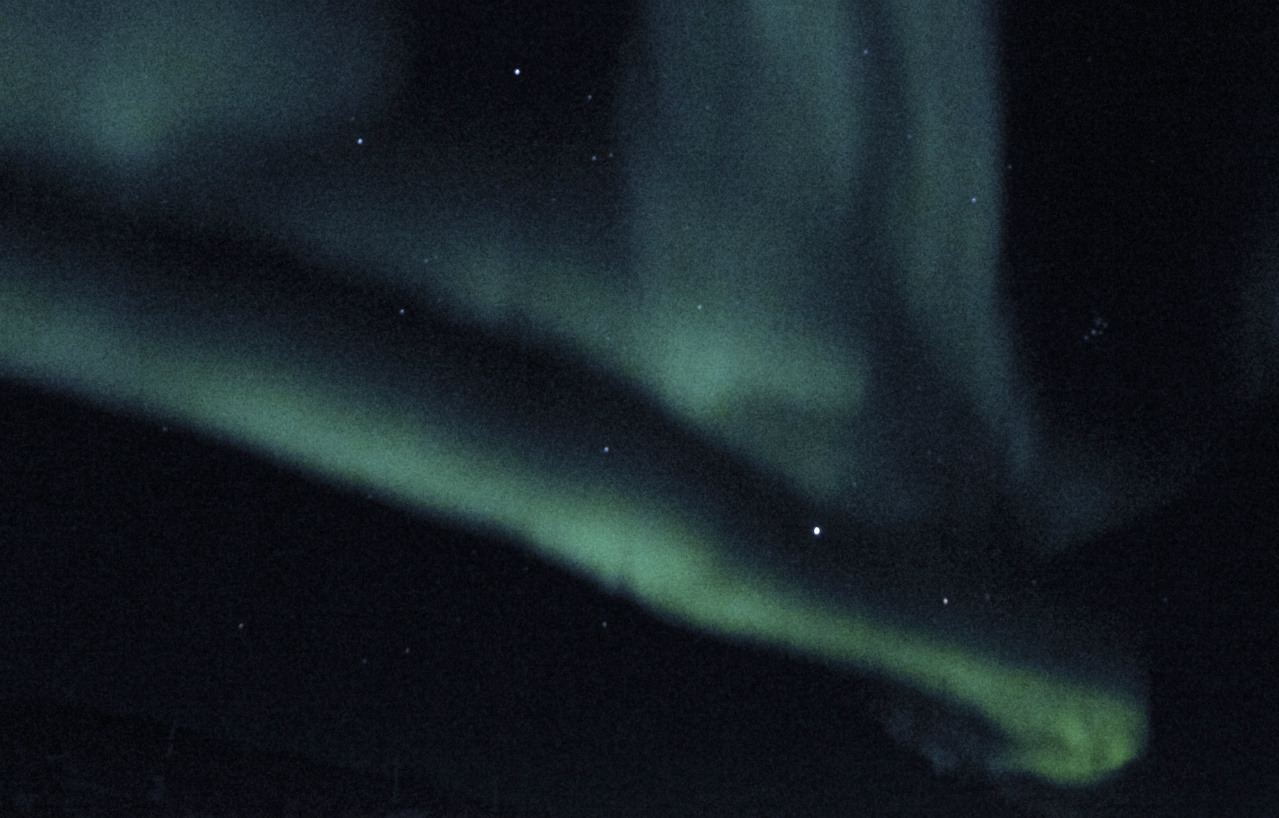
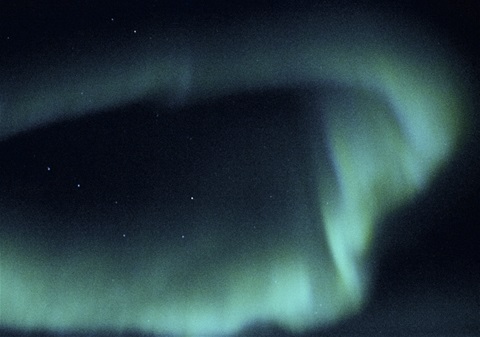
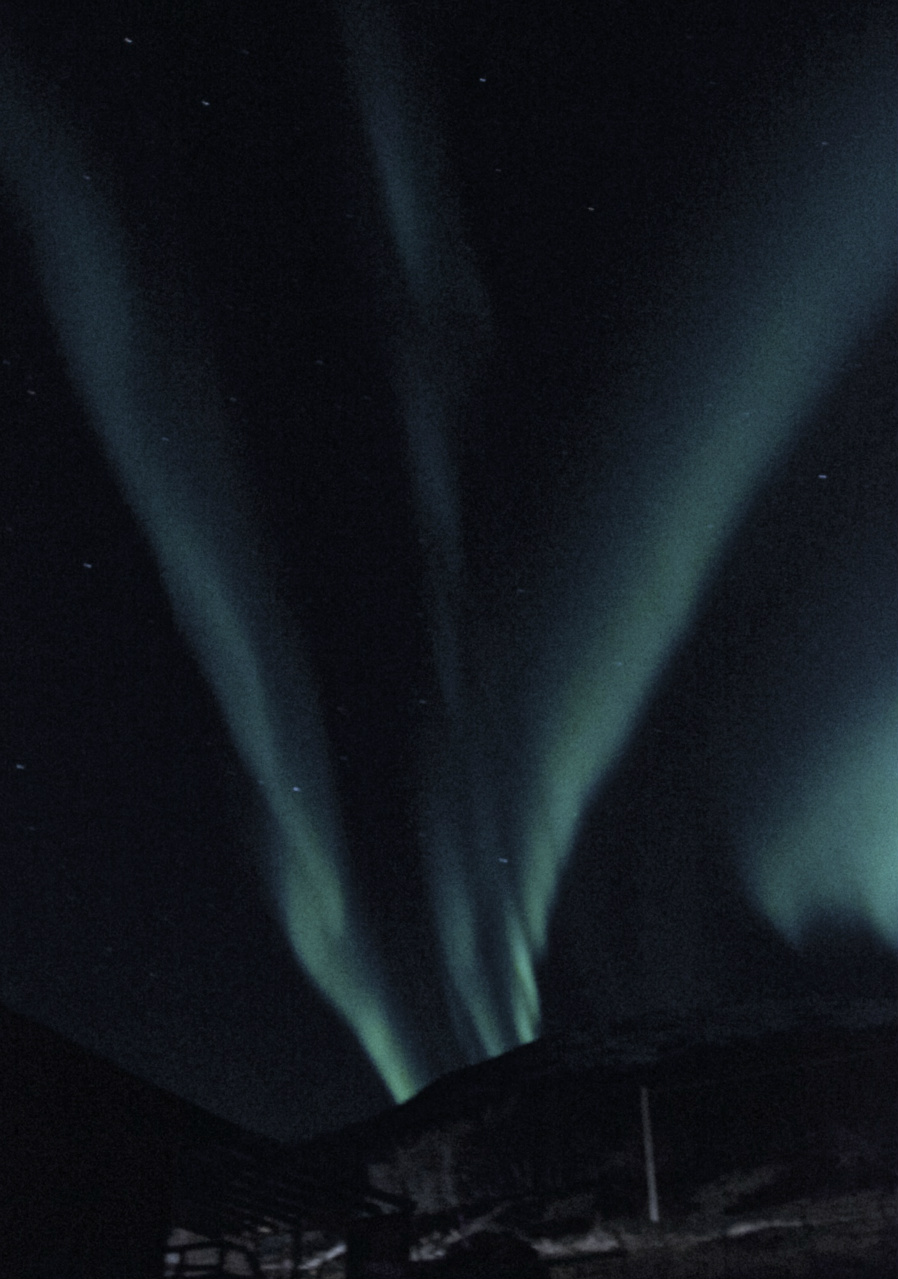
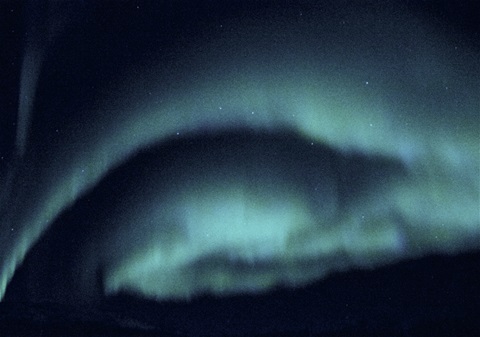
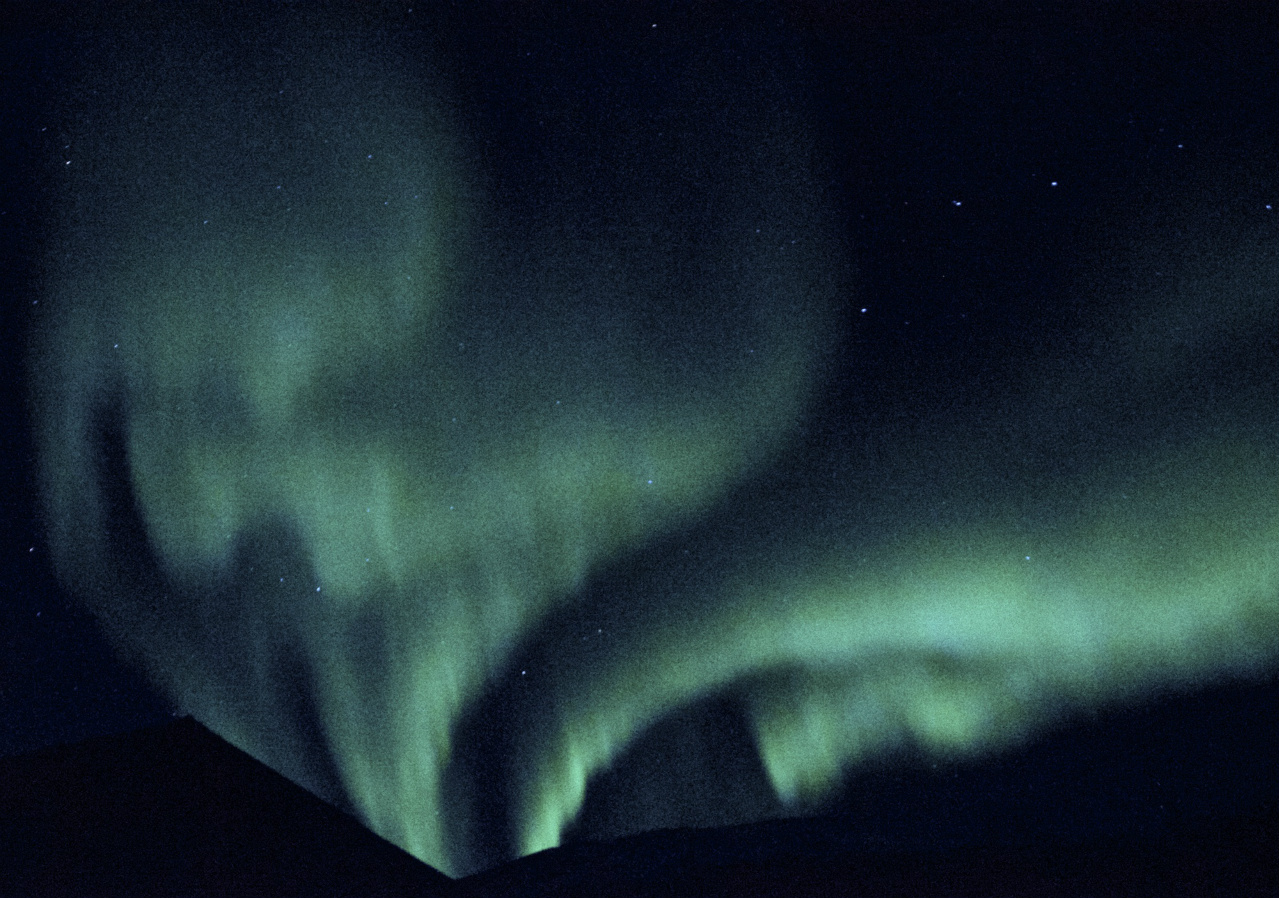
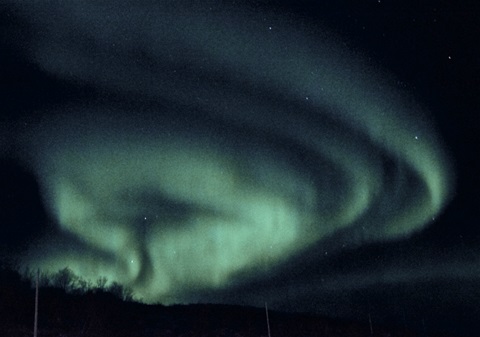
Nyeste kommentarer
We had a wonderful time at your cottage - thank you!
Alena, Ludvik, Jolanta and Slawek
Hei Ingar og Britt,
den var fantastike ferie i seljenes. Vi kommer neste ar igien. Hilsen fra tyskland Dietmar, Petra og Lisa
Hei Ingar og Britt.
Tusen hjertelig takk for at vi fikk bo på hytta deres.
Og en stor takk for at dere tok så goHytta er helt toppers.
Klem fra Helge, Olga,Nang
Hær så det jo riktig så bra ut Ingar:) Vi kommer nok til å ta kontakt får å leie:)